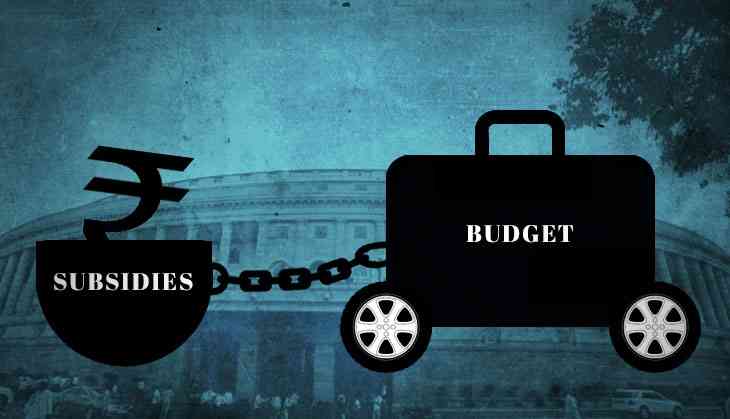How Arun Jaitley is using Chidambaram’s ‘statistical jugglery’ to improve his own report card

Finance Minister Arun Jaitley is often found blaming the previous UPA government for India’s economic woes. From low private sector investments to high non-performing assets in the banking sector, he blames it all on the “faulty” policies of the previous government.
However, there is one big legacy that he has happily carried forward without cribbing about it once. That legacy is the art of controlling fiscal deficit as a percentage of GDP by delaying the subsidy payment till the next financial year. This is what helped former finance minister P Chidambaram keep the fiscal deficit at 4.8% of the GDP in 2014-15 (on the occasion of vote on account). Chidambaram had rolled over around Rs 35,000 crore worth of subsidy to the next financial year.
Instead of making this 'convenient accounting' practice in the Budget by his predecessor an issue, Jaitley has silently carried forward the trick to improve his own report card since taking over the finance ministry in 2014-15.
A report by Comptroller & Auditor General of India recently pointed out that India's fiscal deficit for FY17 could have been 4.2% of the GDP against the 3.5% reported, if the government had not rolled over a part of the subsidy claims for the first three quarters to the next financial year. “Examination brought out that an amount of Rs 1,03,331 crore of subsidy claims (Rs 92,254 crore to FCI, Rs 7,174 crore to petroleum and Rs 3,903 crore to undertakings in the fertiliser sectors) have not been paid by the government during 2016-17,” the Comptroller and Auditor General of India said in a report, as reported by Financial Express.
India's former chief statistician Pronab Sen said that this practice was initiated by the previous government and the current government had to make a choice between addressing it and carrying it forward. As things stand today, we have continued to use the same method to keep the fiscal deficit down.
While Chidambaram began this practise to ensure that the ratings agencies do not downgrade India's ratings, his successor has used the same methodology to get an upgrade from one of the many ratings agencies. Moody's Investors Service Moody’s raised India’s credit rating from the lowest investment grade of Baa3 to Baa2 and changed the outlook from stable to positive in November 2017.
The upgrade helped Jaitley's government to claim victory on reform front and showcase his efforts to improve investors' sentiments towards the Indian economy.
One can easily see how the amount under the rolled-over subsidies has increased from Rs 35,000 crore under Chidambaram in 2014-15 to over one lakh crore under Jaitley in FY17. Given the weak revenue collection under the GST regime so far, it is likely that the government would be forced to simply carry forward an even bigger amount to the next financial year and announce very good number on fiscal deficit in the budget.
Since it is the last full year budget that Jaitley gets to present before his government seeks a fresh mandate from the electorate, he would like to announce some lofty schemes that grab headlines. But without money it would be difficult to roll out those schemes on ground. In fact, the practise of making big announcements in budgetary estimates that are later pruned in the revised estimates according to revenue collections, has continued for many decades in India. It is important for government to make bite the bullet on this front and present the real situation of Union government's finances in front of the public.
It is the biggest reform India needs at the moment. The only question is: can any finance minister dare to undertake it?


